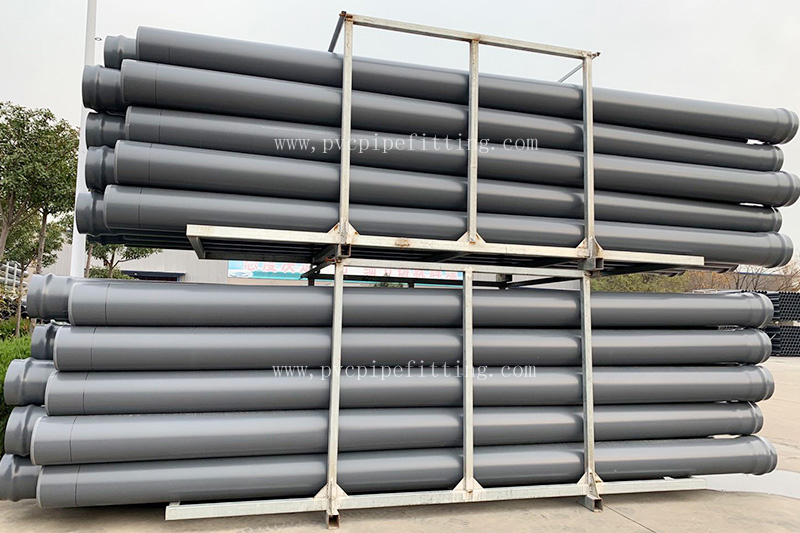How to maintain PVC pipe during construction
PVC pipes have long-term chloride ion precipitation, which is not suitable for water pipes, shock drops, and natural gas pipelines. However, PVC pipes are low in price, high in hardness, affected by temperature, and reduce heat and cooling. Therefore, PVC pipes are divided into PVC water supply pipes and PVC drainage pipes. For municipal water supply and drainage, industrial water supply and drainage, civil drainage, irrigation, plant watering.
What is the construction and maintenance of PVC pipes?
The connection methods of PVC pipes mainly include sealing rubber rings, bonding, and flange connection. Pipes larger than 100mm in diameter usually use rubber band joints. Pipes with a pipe diameter of less than 100 mm usually use bonded joints, as well as union joints. Pipes often use metal pipes when crossing sewers or other pipes, in this case, plastic pipes use flanged connections to metal pipes. The valve front and rear and pipeline connections are also flange connections.
1. When the small-diameter pipe is glued with solvent, a groove should be formed around a small round on the socket to make the brake flat and the vertical axis, so as to be firmly bonded to avoid water leakage.
2. PVC pipes generally use rubber band joints for PVC pipes with a pipe diameter greater than 100 mm. Before installation, arrange personnel to chamfer the insertion part of the pipe to check whether the quality of the rubber band is qualified. When installing, wipe the bearings, rubber bands, etc. clean.
3. When excavating the trench installed on the existing pipeline, it should be able to put the pipeline into the trench and seal it. When the existing soil layer is not loosened, there is no need to ram the cushion with pressure.
4. Generally, the PVC branch can be split with a T-shaped or vertical water truce. During construction, you can add a saddle-shaped fitting and a half-shaped T-shaped piece, tighten it with U-shaped bolts to thicken the wall of the pipe, and then directly drill holes on it, open the teeth, and then support it with externally threaded plastic. Experiments show that, after construction using this method, the pressure acceptance can fully meet the requirements of the specification. In addition, the position where the thrust is generated by the water flow in the pipeline, such as elbows, T-shaped tees, and blocked pipe ends, also need to install a thrust wharf to withstand the thrust of the water.
5. As a new type of non-metallic pipe, PVC pipe cannot be detected by the existing metal pipe detection equipment, but this problem can be easily solved by burying wires on the pipe when the pipe is buried.
What is the installation structure of PVC pipes?
PVC pipes are widely used as pipeline materials in the construction industry, and their own characteristics can be fully reflected in the waterway system. So, what precautions should we consider when installing PVC pipes?
1. In order to ensure the safety and cleanliness of the PVC pipes, use brackets to place the pipes on them to ensure that the pipes are not placed in random places and are not trampled on by people. The pipes can also be used cleanly to prevent mud from being left on the pipes.
2. Before installing the PVC pipe, check the layout of the construction pipeline. Not only to be neat but also to make sure the structure is strong and smooth.
3. When installing, place the pipe gently to prevent damage during transportation, and pay attention to stones or mud remaining in the pipe.
4. After the installation of the PVC pipe is completed, we need to carry out a pressure test for a period of time, and check whether each interface leaks when re-testing. If leaks are found, replace them immediately.
